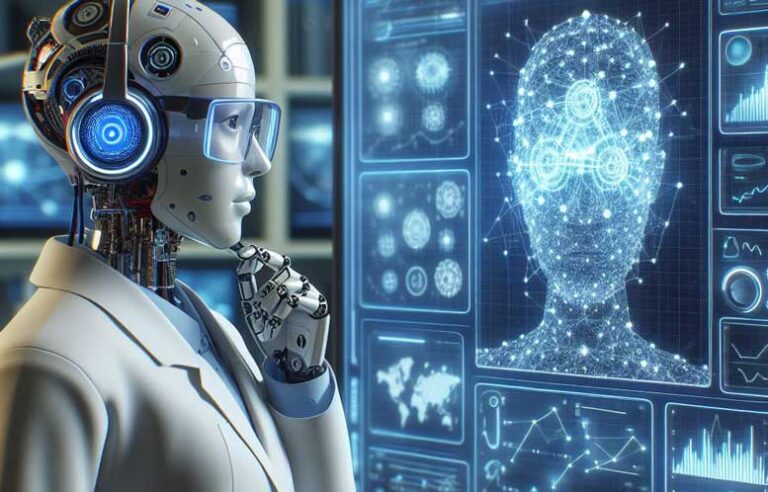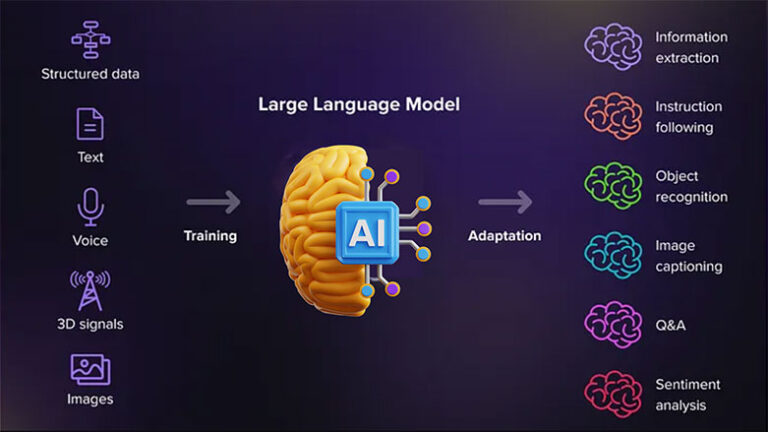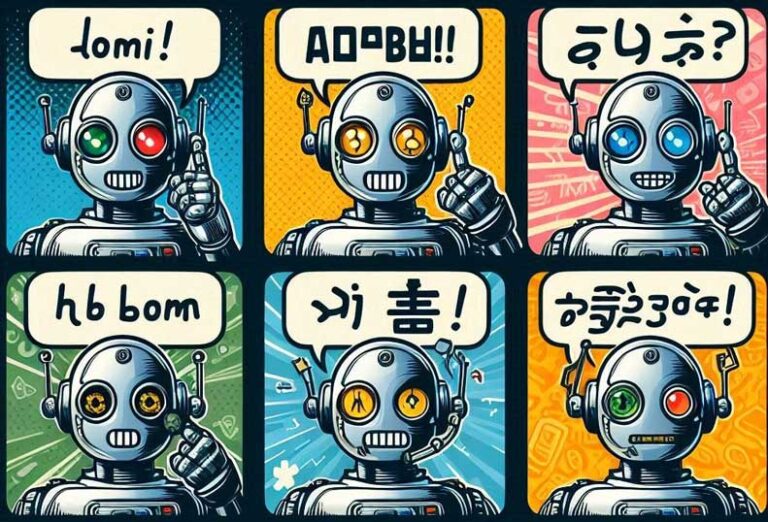Reinforcement Learning
Table of Contents
In recent years, reinforcement learning has gained significant attention in the field of artificial intelligence and machine learning. It is a type of machine learning where an agent learns to make decisions by interacting with an environment and receiving feedback in the form of rewards or penalties.
Reinforcement learning has been successfully applied in various domains such as game playing, robotics, finance, and healthcare, among others. In this article, we will explore the basics of reinforcement learning, how it works, and some of its applications.
What is Reinforcement Learning?
Is a type of machine learning that is inspired by the way humans and animals learn from trial and error. The basic idea is to have an agent that interacts with an environment and learns to make decisions based on the feedback it receives. The agent takes actions in the environment, and based on these actions, it receives rewards or penalties. The goal of the agent is to maximize the total rewards it receives over time.
How does it work?
In reinforcement learning, the agent learns to make decisions by following a policy, which is a set of rules that determine the agent’s actions in a given state. The agent starts with no knowledge of the environment and learns through trial and error. It explores the environment by taking actions and receiving feedback in the form of rewards or penalties. Based on this feedback, the agent updates its policy to improve its decision-making abilities.
The key components of reinforcement learning are the agent, the environment, actions, rewards, and the policy. The agent takes actions in the environment, and based on these actions, it receives rewards or penalties. The agent’s goal is to learn a policy that maximizes the total rewards it receives over time.
Types of Reinforcement Learning Algorithms
There are several types of reinforcement learning algorithms, each with its strengths and weaknesses. Some of the most commonly used algorithms include:
1. Q-Learning: Q-learning is a model-free reinforcement learning algorithm that learns to make decisions by estimating the value of taking a particular action in a given state. It uses a table of Q-values to store these estimates and updates them based on the rewards received.
2. Deep Q Network (DQN): DQN is a deep learning-based extension of Q-learning that uses deep neural networks to approximate the Q-values. It has been successfully applied in playing video games and other complex tasks.
3. Policy Gradient Methods: Policy gradient methods learn a policy directly without estimating the value of actions. They use gradient descent to update the policy parameters to maximize the expected rewards.
4. Actor-Critic Methods: Actor-critic methods combine the advantages of policy gradient methods and value-based methods. They use two separate networks, one for learning the policy (actor) and one for estimating the value function (critic).
Applications
Reinforcement learning has been successfully applied in various domains, including:
1. Game Playing: Reinforcement learning has been used to train agents to play video games such as Atari games, chess, and Go. AlphaGo, developed by DeepMind, is a famous example of a reinforcement learning agent that defeated human world champions in the game of Go.
2. Robotics: Reinforcement learning is used to train robots to perform complex tasks such as grasping objects, navigating environments, and interacting with humans. It has been applied in industrial automation, healthcare, and service robotics.
3. Finance: Reinforcement learning is used in financial trading to optimize investment strategies, risk management, and portfolio allocation. It can learn to make decisions in real-time based on market conditions and historical data.
4. Healthcare: Reinforcement learning is used in healthcare for personalized treatment planning, disease diagnosis, and medical imaging analysis. It can learn from patient data to recommend the most effective treatments and interventions.
Conclusion
Reinforcement learning is a powerful paradigm in machine learning that has the potential to revolutionize various industries. By learning from trial and error, agents can make decisions in complex environments and optimize their behavior to maximize rewards. With advances in deep learning and computational power, reinforcement learning is becoming more accessible and applicable to a wide range of real-world problems.
As research in this field continues to evolve, we can expect to see even more exciting applications and breakthroughs in the future.



